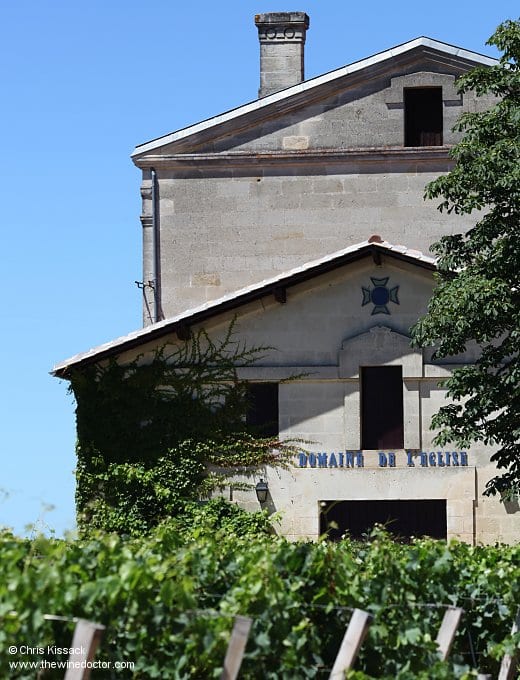Château du Domaine de L’Église
If you were to choose a starting point from which to explore the vineyards of Pomerol, you could probably do a lot worse than start at the Église Saint-Jean, the magnificent church which towers above the rooftops of those few buildings that make up the village below. First, it would be a convenient meeting point, and one which by you can orientate yourself as you explore the region, as it is difficult to lose sight of its needle-like spire. Secondly, starting here, you are already right on the Pomerol plateau upon which all the greatest vineyards are to be found. And many domaines proudly declare their location on this gravelly heartland by referencing this proximity to the church in their names. To be perhaps slightly pedantic, all are actually named for the 12th-century church that once stood a few hundred metres from the current edifice, but the end result is the same; any château that references the église can be found near here.
Château L’Église-Clinet is perhaps the first to spring to mind; situated on the Chemin de l’Ancienne Église, next to the graveyard that once partnered the ancient church, the wines of this estate are now benchmarks for the appellation, not infrequently producing a contender for wine of the vintage. On the opposite side of the same road is Clos L’Église, another estate with fine potential, and many are those who have fallen for the charms of its wines. And then, on the other side of the graveyard, on the Rue du Portail Rouge, is where we find Château du Domaine de L’Église, the location of which suggests great things may be possible here. I will explore whether or not that is the case in a moment; first, a little history.

